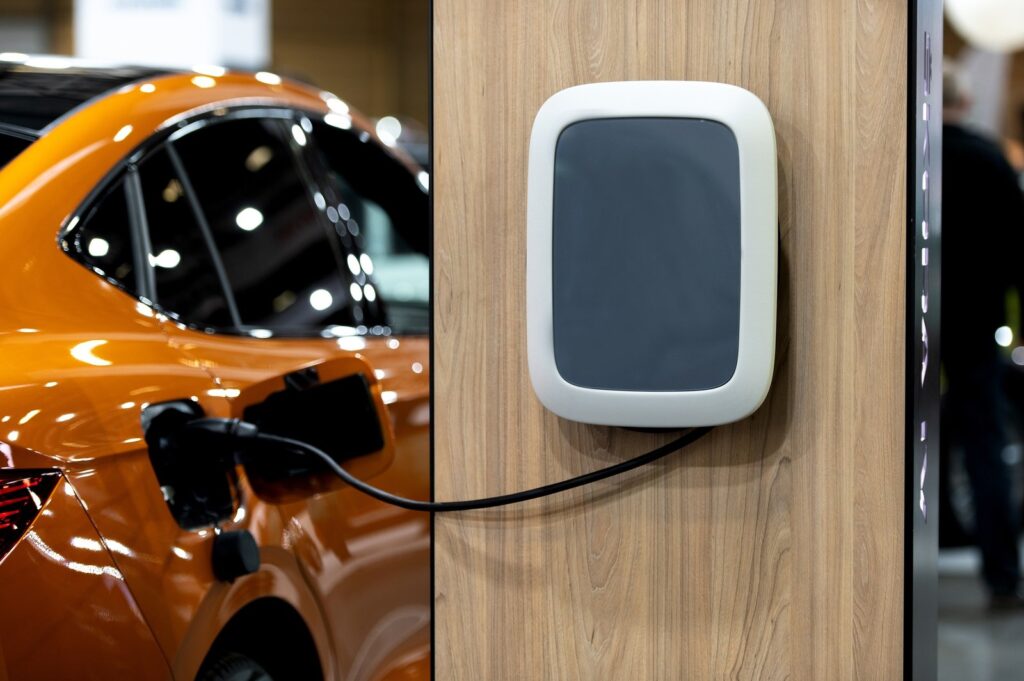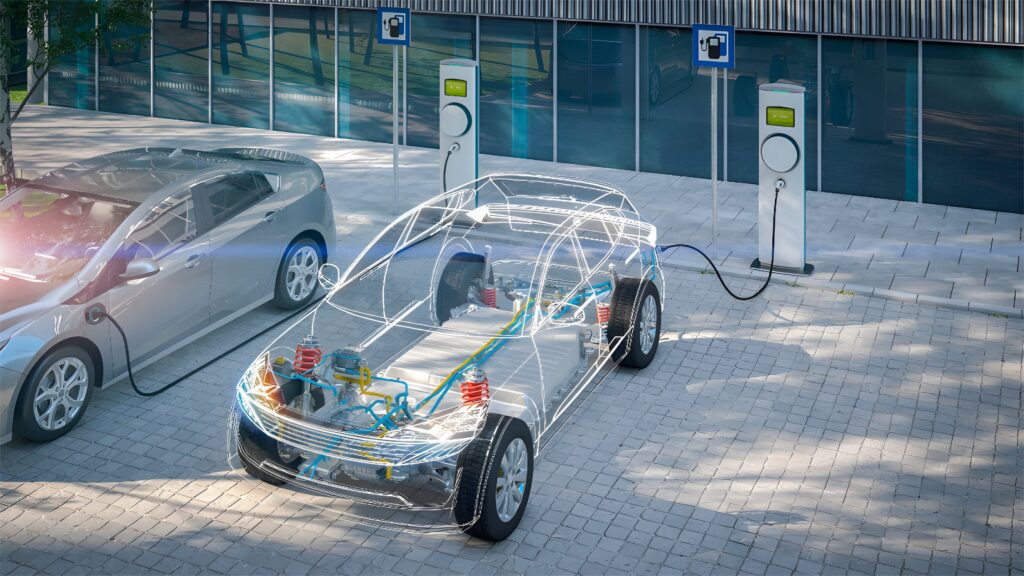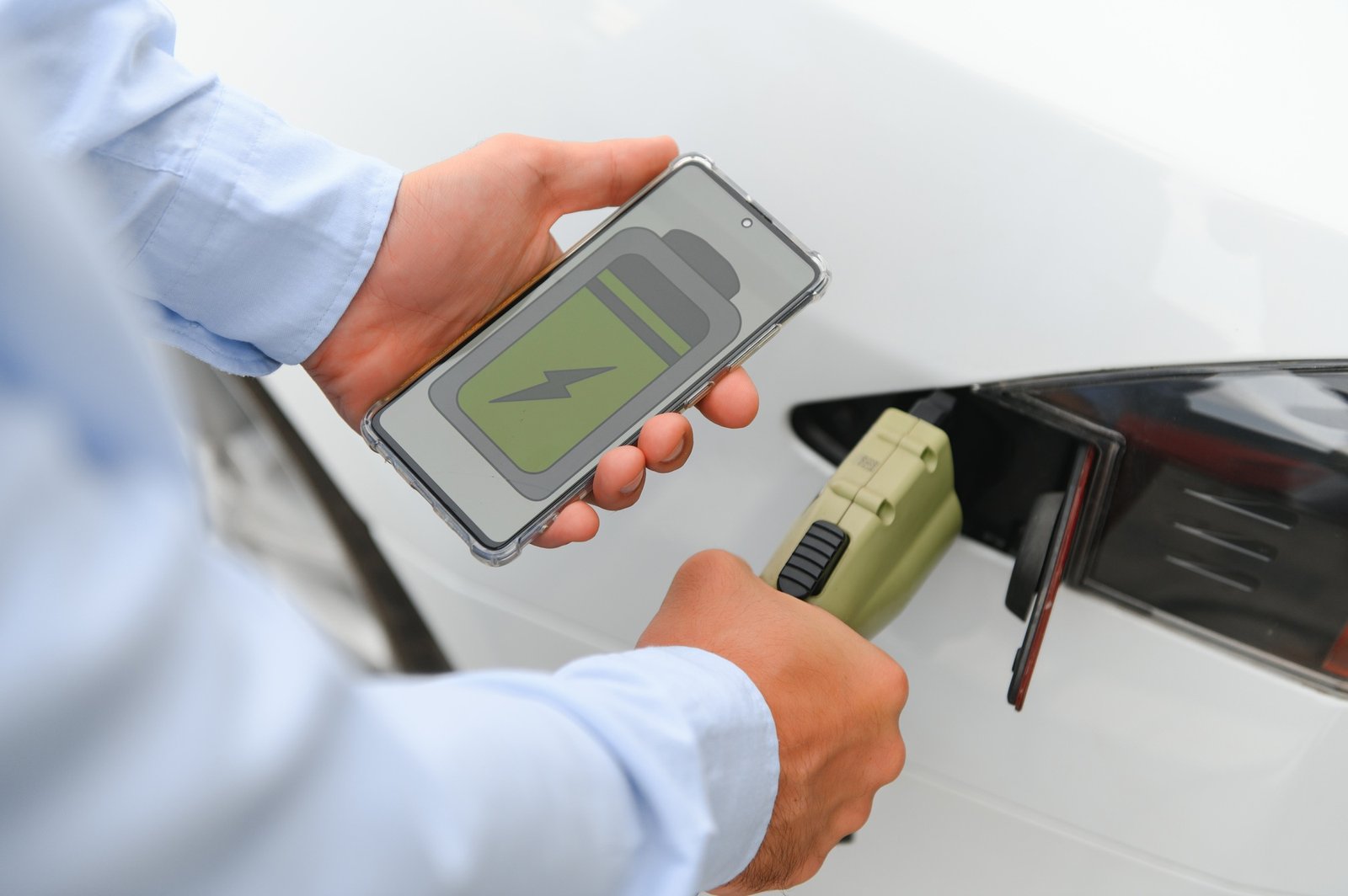In-Depth Understanding of AC and DC Differences,Understanding the differences between Alternating Current (AC) and Direct Current (DC) not only aids in better design and manufacturing of charging equipment but also helps global B2B manufacturers, traders, and distributors choose the most suitable charging solutions for their needs. This article will delve into the distinctions between AC and DC, covering their definitions, working principles, application scenarios, advantages and disadvantages, and selection criteria in practical applications. We aim to provide comprehensive knowledge to help readers make better decisions in the EV charging sector.
1. Basic Concepts of AC and DC
Alternating Current (AC): AC is an electric current that periodically changes direction and magnitude. The most common form of AC is the sinusoidal wave, where the voltage and current reverse direction at regular intervals. The frequency of AC is typically 50Hz or 60Hz, indicating the number of direction changes per second.
Direct Current (DC): DC is an electric current that maintains a constant direction and magnitude. The voltage and current in DC remain consistent over time and do not change direction. DC is usually generated by batteries, solar cells, or DC generators.

2. Working Principles of AC and DC
AC: AC is generated by generators where coils rotate within a magnetic field, producing a periodically changing current. The frequency of AC is typically 50Hz or 60Hz, indicating the number of direction changes per second. The periodic reversal of voltage and current direction makes AC advantageous in transmission and distribution.
DC: DC is usually generated by batteries, solar cells, or DC generators. The current direction in DC remains constant, and the voltage is stable, making it suitable for devices requiring stable power. The consistent voltage and current direction make DC widely applicable in EV charging.
3. Application Scenarios of AC and DC
Most household appliances use AC, such as refrigerators, air conditioners, and washing machines.
High-voltage power transmission uses AC to reduce energy loss and improve transmission efficiency, as its voltage can be easily adjusted via transformers.AC’s efficient transmission and distribution capabilities make it widely used in industrial applications, such as motors and transformers.
DC’s stability is suitable for precision electronic devices. Most electronic devices use DC, such as smartphones, laptops, and LED lights.DC’s efficient energy conversion and stability make it widely used in EVs, such as EV batteries and charging systems.Solar panels generate DC, which is converted to AC via inverters for household use.

4. Advantages and Disadvantages of AC and DC
- Advantages of AC:
- AC voltage can be easily adjusted via transformers, making it suitable for long-distance transmission.
- AC equipment is generally cheaper than DC equipment.AC is widely used in household, industrial, and commercial sectors.
- Disadvantages of AC:
- AC experiences energy loss during transmission.AC equipment is generally more complex than DC equipment.
- Advantages of DC:
- DC offers stable voltage and current, suitable for precision electronic devices.DC experiences lower energy loss during transmission.DC equipment is generally simpler than AC equipment.
- Disadvantages of DC:
- DC experiences energy loss in long-distance transmission.DC’s efficient energy conversion and stability require complex equipment, leading to higher costs.DC’s application in household and industrial sectors is relatively limited.
5. Conversion Between AC and DC
AC to DC: This is typically achieved using rectifiers, which convert AC to DC for electronic devices. Rectifiers use diodes’ unidirectional conductivity to convert the negative half-cycle of AC to a positive half-cycle, resulting in DC. EV AC chargers use this principle, where AC is converted to DC by the vehicle’s onboard rectifier, charging the battery. Due to space constraints, onboard rectifiers are small and less efficient, leading to slower charging speeds.
DC to AC: This is typically achieved using inverters, which convert DC to AC for household appliances. Inverters use electronic switches to convert DC to AC, with filtering circuits providing stable AC.

6. Selection Criteria for AC and DC
Household and Industrial Use: AC is typically chosen for its efficient transmission and distribution capabilities.
Electronic Devices and EVs: DC is typically chosen for its stability and efficient energy conversion.
Long-Distance Transmission: AC is typically chosen for its high-voltage transmission and transformer adjustment capabilities.
Short-Distance Transmission: DC is typically chosen for its low energy loss and efficient energy conversion.
7. Future Trends of AC and DC
AC: With growing power demands, AC’s application in long-distance transmission will continue to expand. Smart grid technology will enhance AC’s transmission efficiency and stability.
DC: The proliferation of electronic devices and EVs will expand DC’s application range. DC microgrid technology will improve DC’s transmission efficiency and stability.

8. AC and DC in EV Charging
Basic Principle: EV charging involves transferring electrical energy from the grid to the EV’s battery. The process can be divided into two stages: AC charging and DC charging.
AC Charging: AC charging uses AC to charge EVs. AC charging stations transfer grid AC to the EV’s onboard charger (OBC), which converts AC to DC to charge the battery. AC charging typically has lower power and longer charging times, suitable for homes and public places.
DC Charging: DC charging uses DC to charge EVs. DC charging stations convert grid AC to DC, directly charging the EV’s battery. DC charging typically has higher power and shorter charging times, suitable for fast-charging stations and long-distance travel.
- Advantages of AC Charging:
- Lower equipment costs, suitable for large-scale deployment.
- Easier installation and maintenance.
- Wide applicability in homes, public places, and workplaces.
- Disadvantages of AC Charging:
- Slower charging speeds due to lower power.
- Dependence on the EV’s OBC, with charging efficiency limited by OBC performance.
- Advantages of DC Charging:
- Faster charging speeds due to higher power.
- Direct charging of the EV’s battery, with higher charging efficiency.
- Disadvantages of DC Charging:
- Higher equipment costs, suitable for specific locations.
- More complex installation and maintenance.
- Limited applicability, mainly in fast-charging stations and long-distance travel.
9. Conclusion
AC and DC each have their advantages and disadvantages, suitable for different application scenarios. Understanding their differences and characteristics helps in better selecting and using charging solutions. As an EV charging station manufacturer, we are committed to providing high-quality, customizable charging solutions. Feel free to contact us for any needs.

